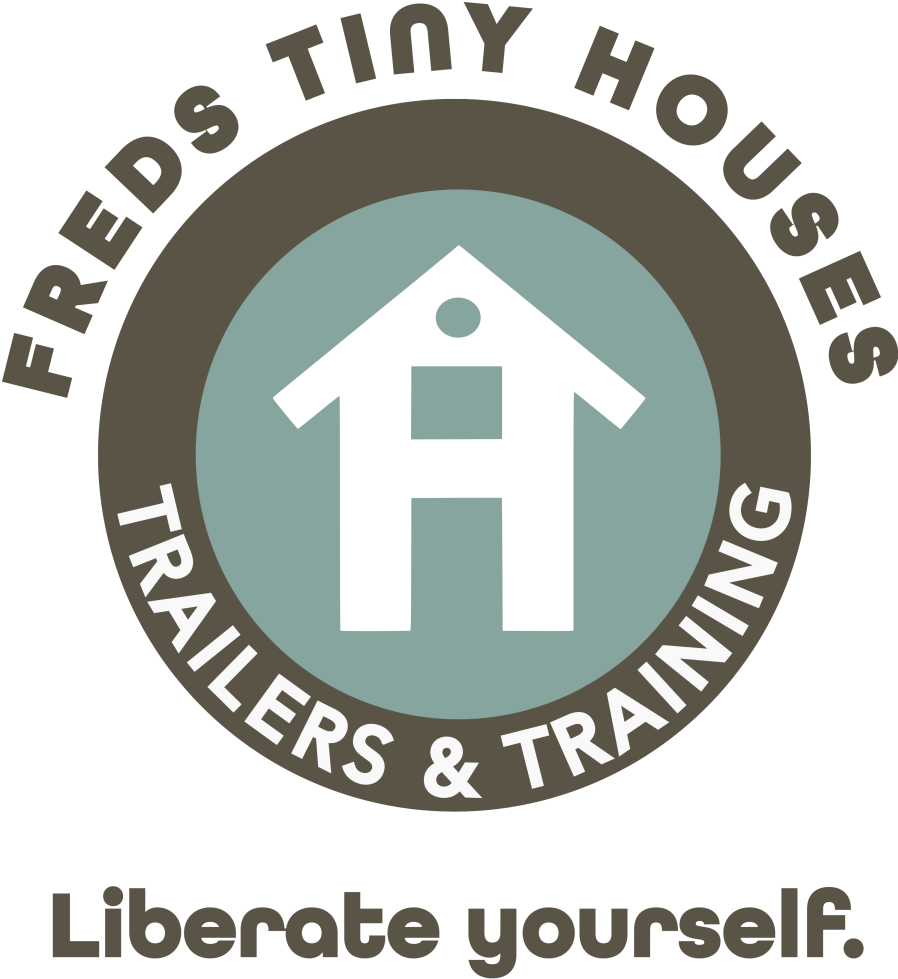Fred's Tiny House Trailers Information & Resources
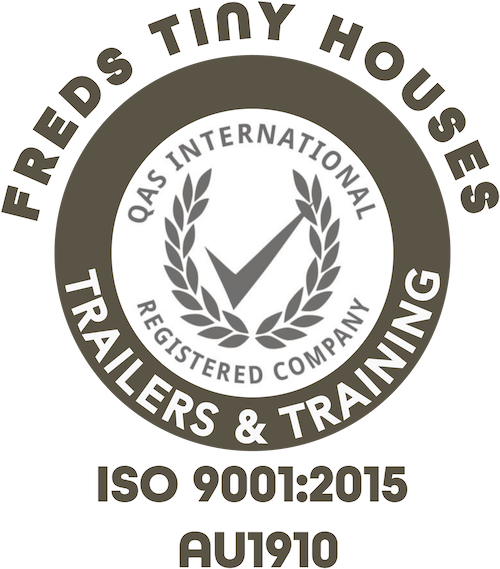
ROVER Approved Trailers
Every Trailer Comes With:
- Compliance plate;
- VIN (Vehicle Identification Number)
- Entered onto the RAV (Register of Approved Vehicles)
- 3 hours of free consultation with Fred (valued at $220).
- 2 Years Warranty
- Free access to online course www.tinyhouseuniversity.com.au (valued at $288).
- A truly insulated floor in your tiny house with no thermal bridging.
- The strongest method of attachment between tiny house and trailer, Fred’s Unified Construction Method®
- Australian materials and built with ethical employment practices and wages.
- Extra cabling for legally required outline marker lights front & rear.
With over 200 tiny house trailers sold, we have the experience to help you with your tiny house business or your DIY project. ~ Fred Schultz, Founder
Flat Top or Protruding Wheel Guard?
Which style of trailer suits your tiny house project best:
Flat Top or Protruding Wheel Guard?
Read our buyers guide to help narrow down your tiny house trailer selection process.

SIP Accepting Tiny House Trailers
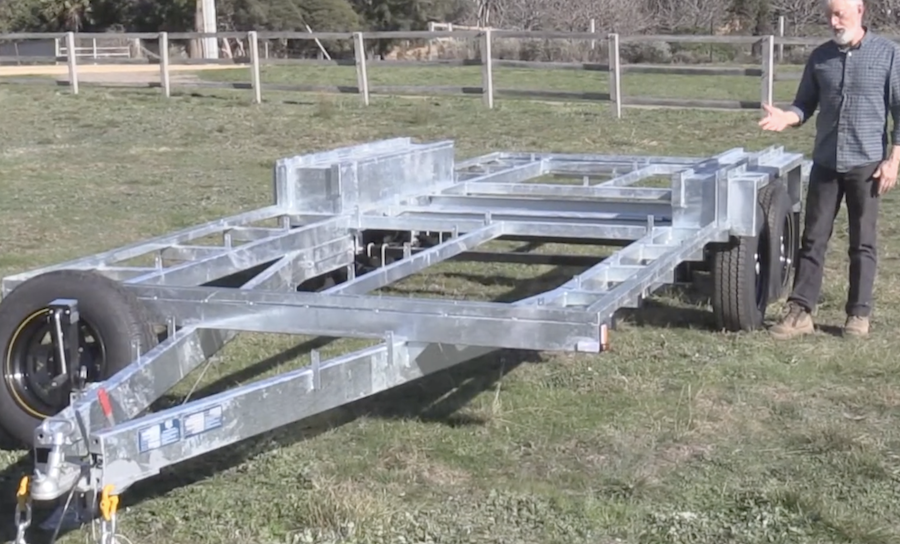
Building with SIPs? Structural Insulated Panels can be a lightweight option for building a tiny house one wheels.
See our different attachment methods for using SIPs in your tiny house design.
DuraGal or Hot Dip Galvanized?
What’s the difference between the DuraGal finish and Hot Dip Galvanized?
Learn about your choices here:
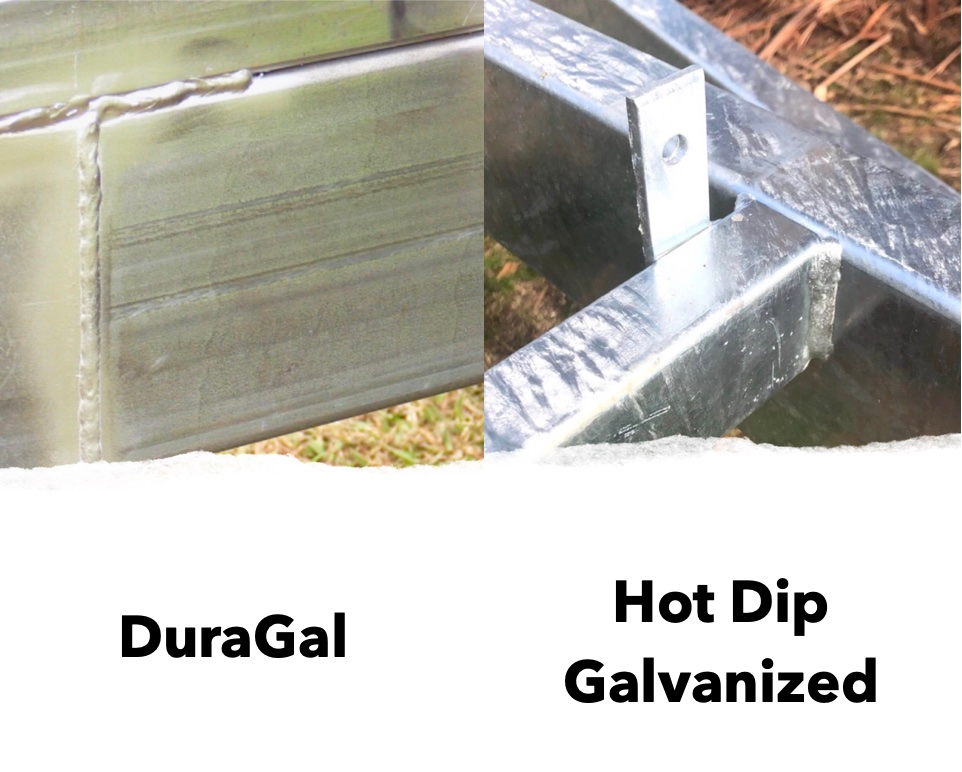
What is the Unified Construction Method®?
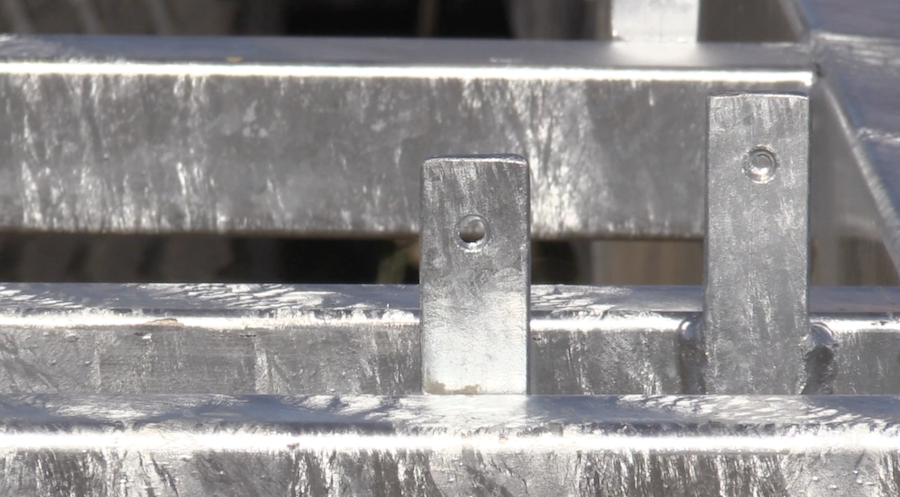
Curious about those attachment tabs on Fred’s tiny House Trailers?
Learn about what makes our trailer-to-tiny-house attachment method the strongest in the industry:
Towing Equipment for Collecting your Tiny House Trailer
Prepare to collect your tiny house trailer by getting the right equipment installed on your tow vehicle.
Learn about the towing equipment you will need, and the check list to move with confidence!

Tiny House Trailer Buyers Guide
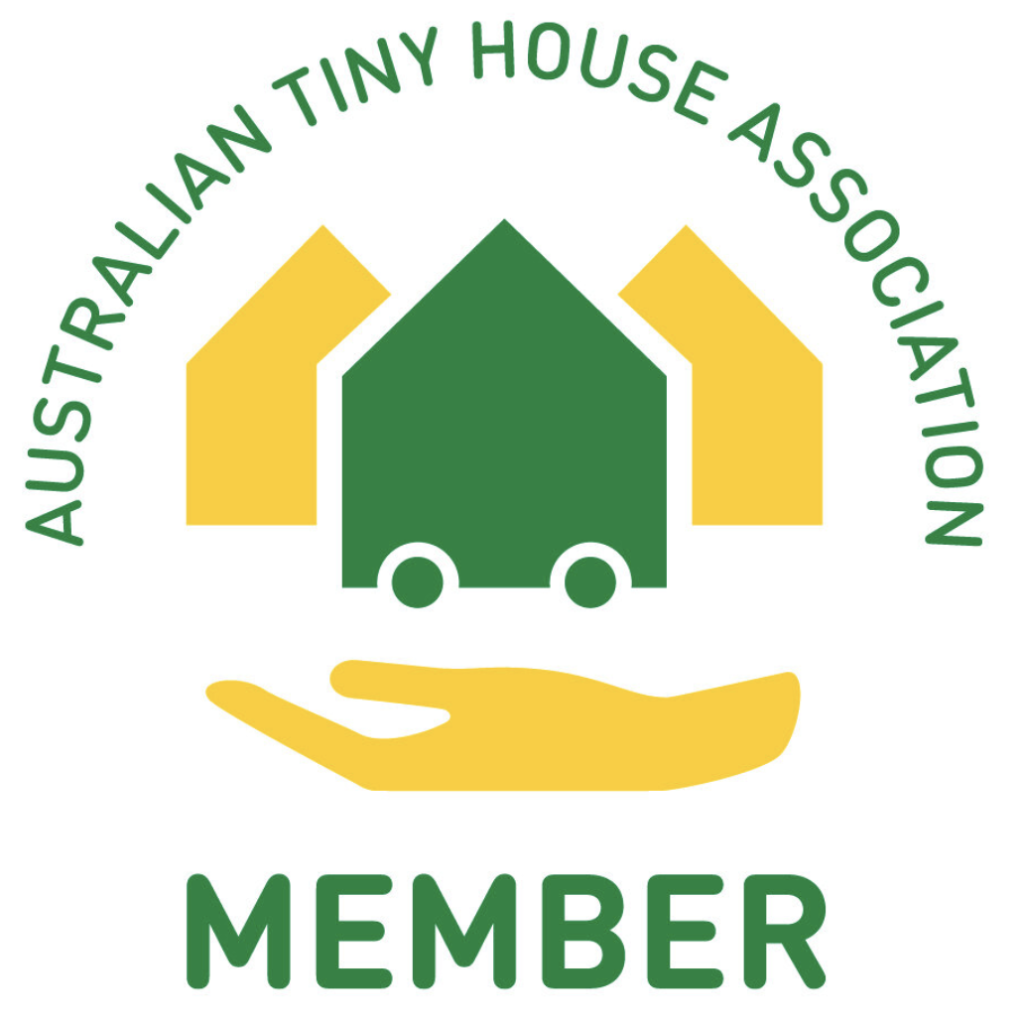
We are proud members of the Australian Tiny House Association.
We have teamed up with ATHA to provide great free resources, such as:
Shop Tiny House Trailers
-
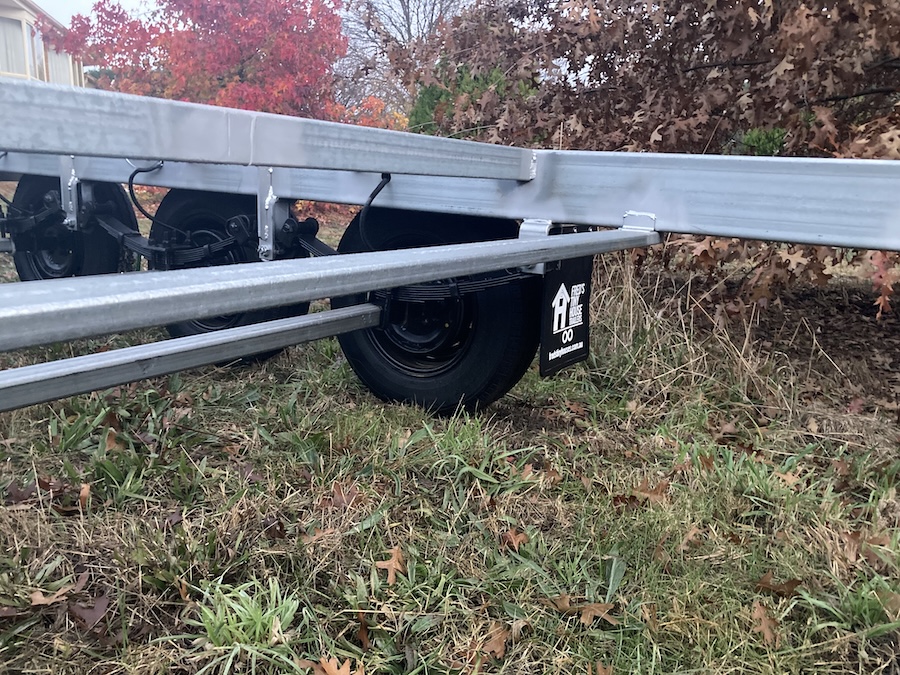
Dropped Floor Modification
$330.00 -
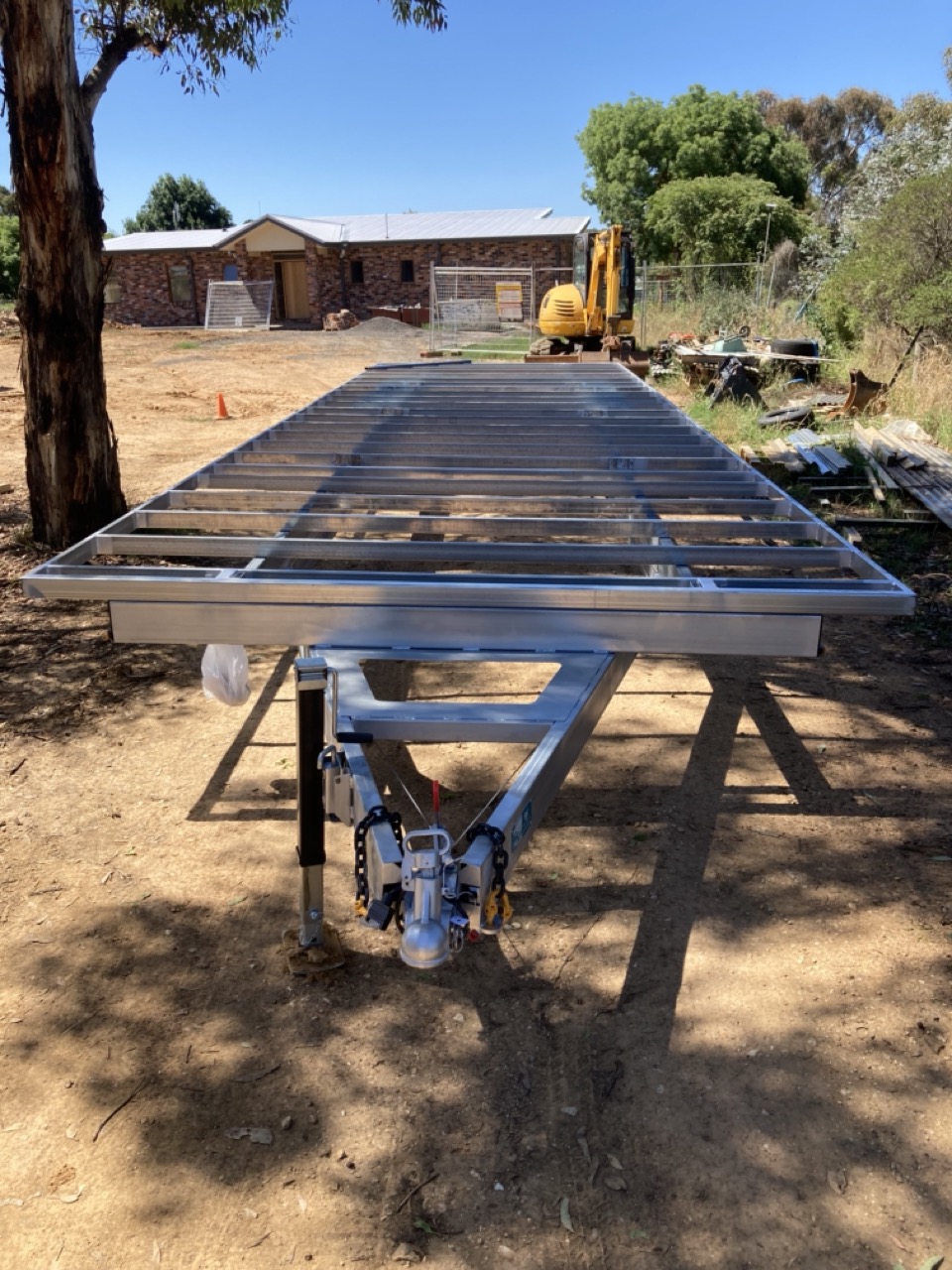
6 X 3 Meter Extension Base for Tiny House Trailer
$3,700.00 -

7.2 X 3 Meter Extension Base for Tiny House Trailer
$3,900.00 -
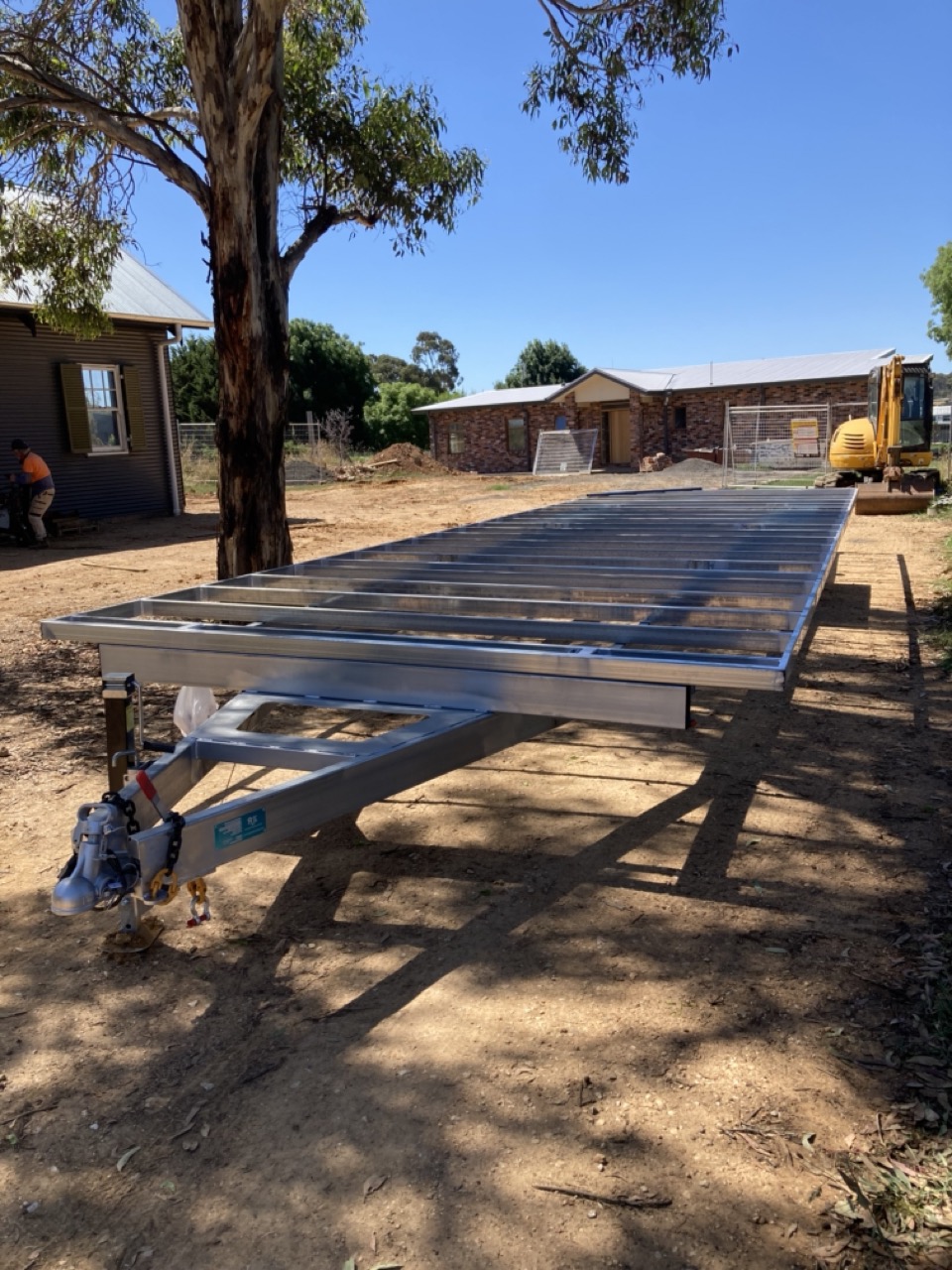
8 X 3 Meter Extension Base for Tiny House Trailer
$4,000.00 -

9 X 3 Meter Extension Base for Tiny House Trailer
$4,100.00 -
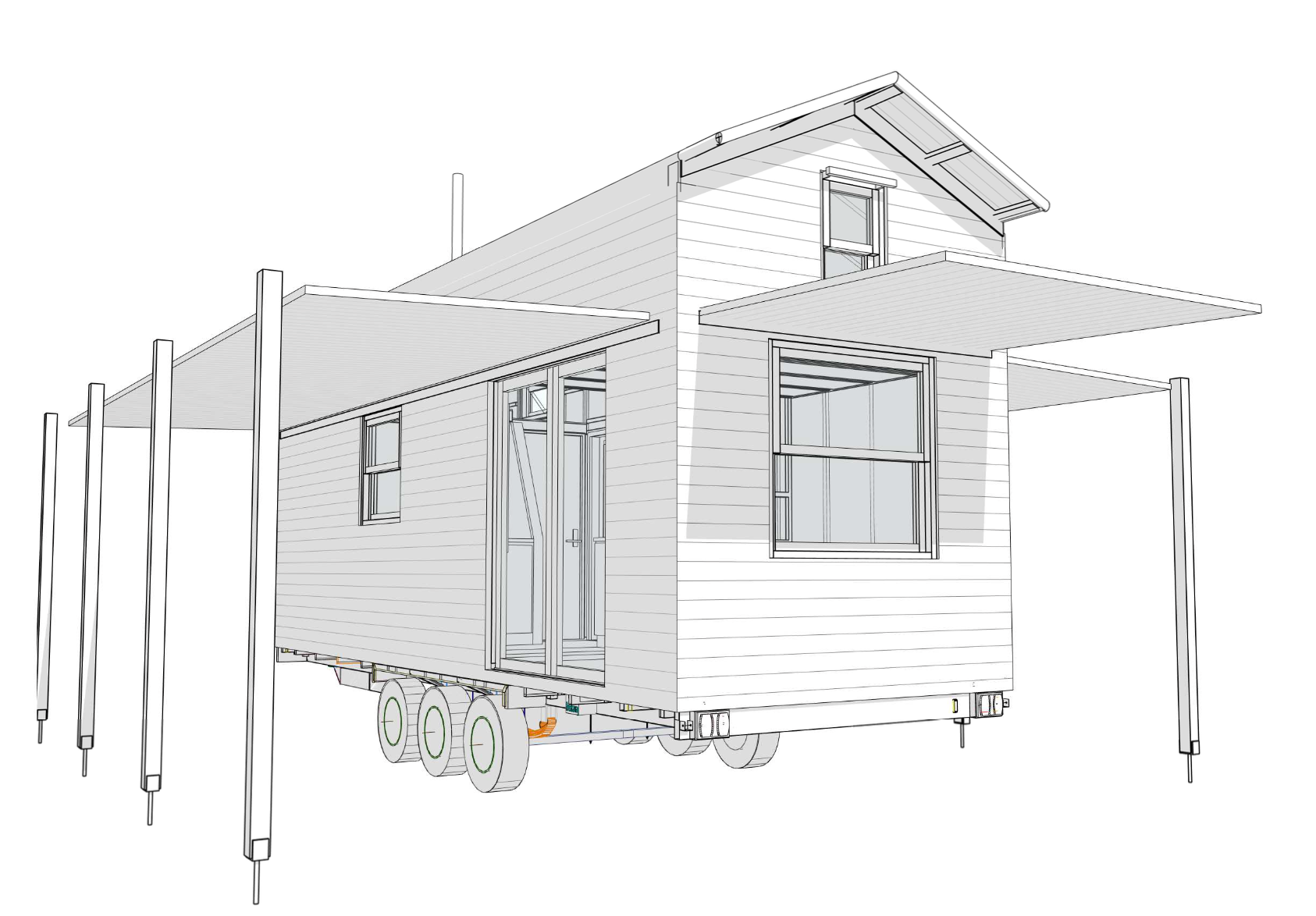
Lightweight Tiny House Plans for Off-Grid Living in Australia
$1,500.00 -

7.2 Meter Protruding Wheel Guard Trailer DuraGal 2.4m Wide 4500kg rated (#6 DG)
$13,435.00 -
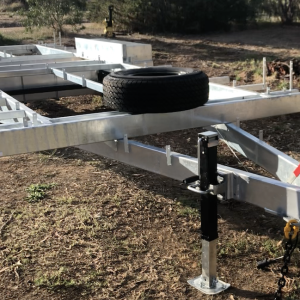
7.2 Meter Protruding Wheel Guard Trailer Hot Dip Galvanized 2.4m Wide 4500kg rated (#6 HDG)
$16,685.00
